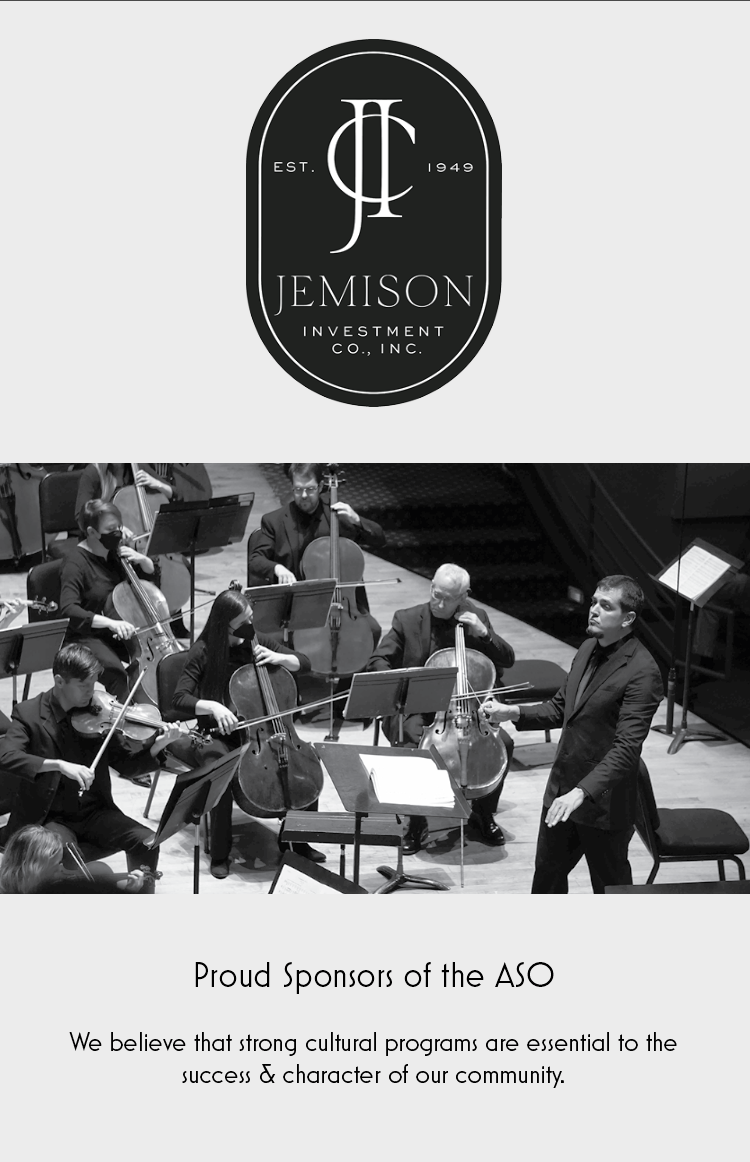I believe that one of the most rewarding aspects of life is exploring and discovering the magic and mysteries held within our universe. For a composer this thrill often takes place in the writing of a concerto…it is the exploration of an instrument’s world, a journey of the imagination, confronting and stretching an instrument’s limits, and discovering a particular performer’s gifts.
The first movement of this concerto, originally written for the violinist, Hilary Hahn, carries the somewhat enigmatic title of “1726”. This number represents an important aspect of such a journey of discovery, for both the composer and the soloist. 1726 happens to be the street address of The Curtis Institute of Music, where I first met Hilary as a student in my 20th Century Music Class. An exceptional student, Hilary devoured the information from that class, and was always open to exploring and discovering new musical languages and styles. As Curtis was also a primary training ground for me as a young composer, it seemed an appropriate tribute. To tie into this title, I make extensive use of the intervals of unisons, 7ths, and 2nds, throughout this movement.
The excitement of the first movement’s intensity certainly deserves the calm and pensive thought of the 2nd movement. This title, “Chaconni”, comes from the word “chaconne”. A chaconne is a chord progression that repeats throughout a section of music. In this particular case, there are several chaconnes, which set the stage for a dialog between the soloist and various members of the orchestra. The beauty of the violin’s tone and the artist’s gifts are on display here.
The third movement, “Fly Forward”, seemed like such a compelling image, that I could not resist the idea of having the soloist do exactly that. Concerti throughout history have always allowed the soloist to delight the audience with feats of great virtuosity, and when a composer is confronted with a real gift in the soloist’s ability to do so, well, it would be foolhardy not to allow that dream to become a reality.
The “Violin Concerto” was commissioned by The Indianapolis Symphony, The Toronto Symphony Orchestra, The Baltimore Symphony Orchestra, and The Curtis Institute of Music. This commission was made possible with the generous support of the LDI, Ltd., and the Lacy Foundation, the Randolph S. Rothschild Fund, as well as the commissioning orchestras. Higdon won the 2010 Pulitzer Prize in Music for the “Violin Concerto”.
